
Max Liebermann was a German painter and printmaker, and one of the leading proponents of Impressionism in Germany and continental Europe. In addition to his activity as an artist, he also assembled an important collection of French Impressionist works.
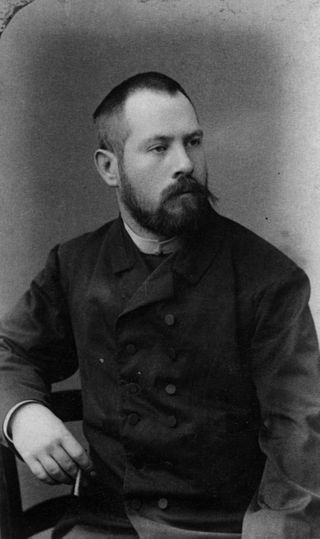
Lovis Corinth was a German artist and writer whose mature work as a painter and printmaker realized a synthesis of impressionism and expressionism.

Anton Alexander von Werner was a German painter and illustrator, best known for his depictions of the Franco-Prussian War and the Unification of Germany, typical of the Naturalist style. Member of the Akademie der Künste from 1874, Werner was a favourite of all the three German Emperors, William I, Frederick III, and Wilhelm II.

Hans Fredrik Gude was a Norwegian romanticist painter and is considered along with Johan Christian Dahl to be one of Norway's foremost landscape painters. He has been called a mainstay of Norwegian National Romanticism. He is associated with the Düsseldorf school of painting.

Adolf Richard Hölzel was a German painter. He began as a Realist, but later became an early promoter of various Modern styles, including Abstractionism.

Otto Ludvig Sinding was a Norwegian painter, illustrator, poet and dramatist. Sinding drew on motives from Norwegian nature, folk life and history.
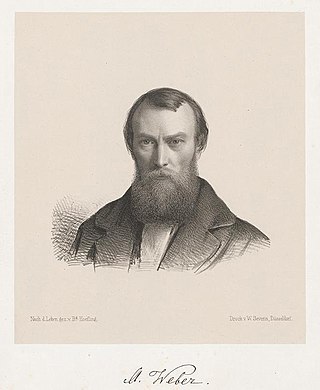
Johann Baptist Wilhelm August Weber was a German painter; associated with the Düsseldorfer Malerschule.

For much of its history Norwegian art is usually considered as part of the wider Nordic art of Scandinavia. It has, especially since about 1100 AD, been strongly influenced by wider trends in European art. After World War II, the influence of the United States strengthened substantially. Due to generous art subsidies, contemporary Norwegian art has a high production per capita.

Bernhard Studer was a Swiss landscape painter.

The Skagen Painters were a group of Scandinavian artists who gathered in the village of Skagen, the northernmost part of Denmark, from the late 1870s until the turn of the century. Skagen was a summer destination whose scenic nature, local milieu and social community attracted northern artists to paint en plein air, emulating the French Impressionists—though members of the Skagen colony were also influenced by Realist movements such as the Barbizon school. They broke away from the rather rigid traditions of the Royal Danish Academy of Fine Arts and the Royal Swedish Academy of Arts, espousing the latest trends that they had learned in Paris. Among the group were Anna and Michael Ancher, Peder Severin Krøyer, Holger Drachmann, Karl Madsen, Laurits Tuxen, Marie Krøyer, Carl Locher, Viggo Johansen and Thorvald Niss from Denmark, Oscar Björck and Johan Krouthén from Sweden, and Christian Krohg and Eilif Peterssen from Norway. The group gathered together regularly at the Brøndums Hotel.
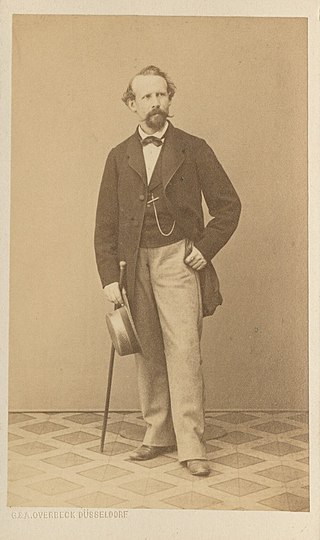
August Becker was a German landscape painter; associated with the Düsseldorfer Malerschule.

Johann Philipp Eduard Gaertner was a German painter who specialized in depictions of urban architecture.

Heinrich Ernst Gottfried Rudolf Wiegmann was a German painter, archaeologist, art historian, graphic artist and architect. He worked in the Classical style and, as a painter, is best known for his vedute. His wife, Marie Wiegmann, whom he married in 1841, was also a painter of some note.
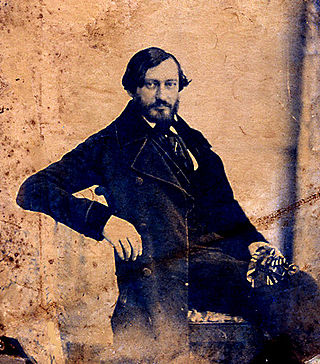
Eduard Wilhelm Pose was a German Romantic landscape painter associated with the Düsseldorf school of painting.

Pierre-Louis De la Rive was a Swiss painter, engraver and designer. His works helped originate the Geneva School of landscape painting and he was often referred to as the "inventor" of the Alpine landscape. He created the first painting of Mont Blanc from life in 1802.
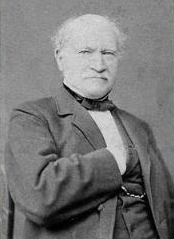
Carl Eduard Steinbrück was a German history painter and etcher; associated with the Düsseldorf school.
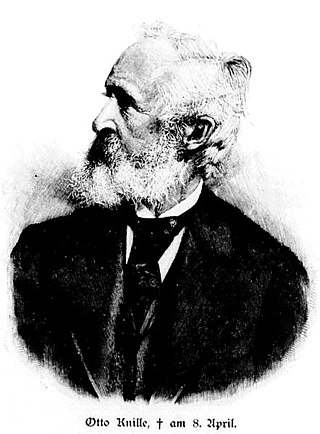
Otto Knille was a German history painter; associated with the Düsseldorfer Malerschule.
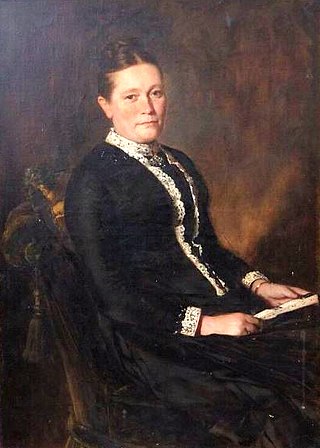
Hugo Crola was a German portrait, landscape and genre painter, associated with the Düsseldorfer Malerschule.



















